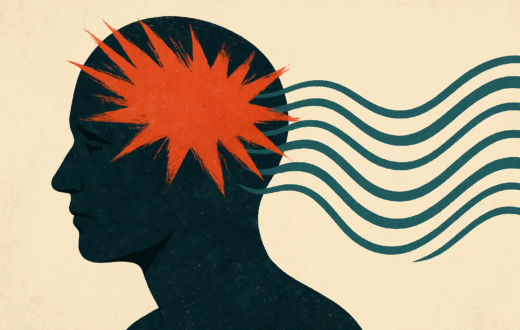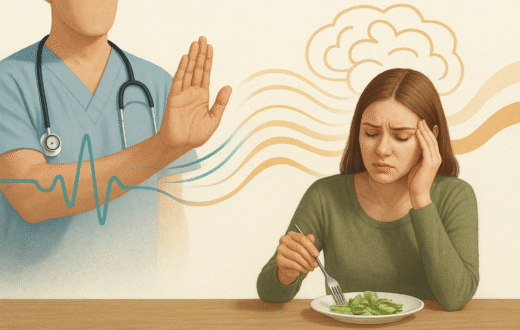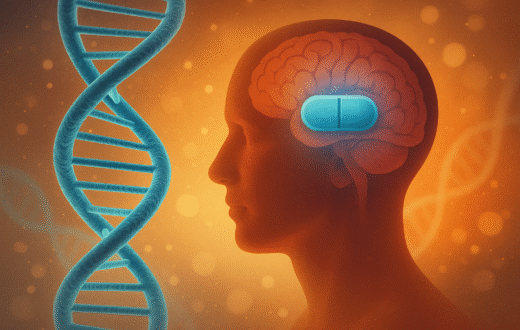What Schizophrenia Takes Away and How People Can Reclaim It

Schizophrenia is one of the most challenging psychiatric conditions to understand and treat. While many are aware of its more visible or “positive symptoms” such as hallucinations, paranoia, and disorganized thinking, there is another, quieter side to the illness that deeply affects those living with it: the negative symptoms.
These negative symptoms reflect what schizophrenia removes from a person’s emotional and social life. They include a loss of motivation, reduced emotional expression, and withdrawal from social interaction. This can manifest as a blank facial expression, monotone speech, or an increased preference for solitude. These symptoms are often misunderstood and can be more disabling than the more noticeable ones.
Dr. Ray Kotwicki, a psychiatrist and Chief Medical Officer at Hightop Health, explains that people with schizophrenia often describe feeling as if they are “behind glass” able to observe others but unable to connect with them emotionally. He considers this sense of disconnection one of the defining features of negative symptoms.
This disconnection creates a painful paradox. While social support is known to be one of the strongest predictors of recovery, negative symptoms can make it harder for someone to connect with that support system. According to Dr. Kotwicki, this often leads to misinterpretation: “It may appear that the person isn’t trying or doesn’t care, but that’s a misreading of the illness. What we’re seeing is not a lack of effort, but a reflection of how the brain is functioning”.
What Families Need to Understand
For families, watching a loved one become emotionally distant can be heartbreaking. But Dr. Kotwicki emphasizes that this does not mean the person has given up or no longer values their relationships.
“When someone shows negative symptoms, it doesn’t mean they lack hope or effort—it means their neurobiology is interfering with their ability to express it,” he says.
Families must recognize that their loved one is still present and still capable of connection, even if it’s harder to see.
Paths Toward Healing
Although negative symptoms have long been considered resistant to treatment, there is reason for optimism with emerging interventions:
- Transcranial Magnetic Stimulation (TMS): This non-invasive method uses magnetic pulses to stimulate brain activity. While initially used for depression and OCD, recent studies have shown TMS to be promising in reducing negative symptoms in schizophrenia (Lorentzen et al., 2022).
- New Medication Classes: Unlike traditional antipsychotics that target dopamine, new drugs are being developed that act on muscarinic receptors, offering a fresh approach to treating negative symptoms (Kidambi et al., 2023). Some long-acting atypical antipsychotics have also shown benefit (Citrome et al., 2025).
- Psychotherapy: Evidence-based therapies such as Cognitive Behavioral Therapy (CBT) and Cognitive Remediation (CR) have been found to help reduce negative symptoms, particularly when combined with traditional care (Riehle et al., 2020).
A Message of Hope
As our conversation ended, Dr. Kotwicki left me with a powerful reminder: “People with schizophrenia are doing the best they can, given how they experience the world, their emotional state, and their genetics. The more we understand negative symptoms, the more compassionate and supportive we can be”.





